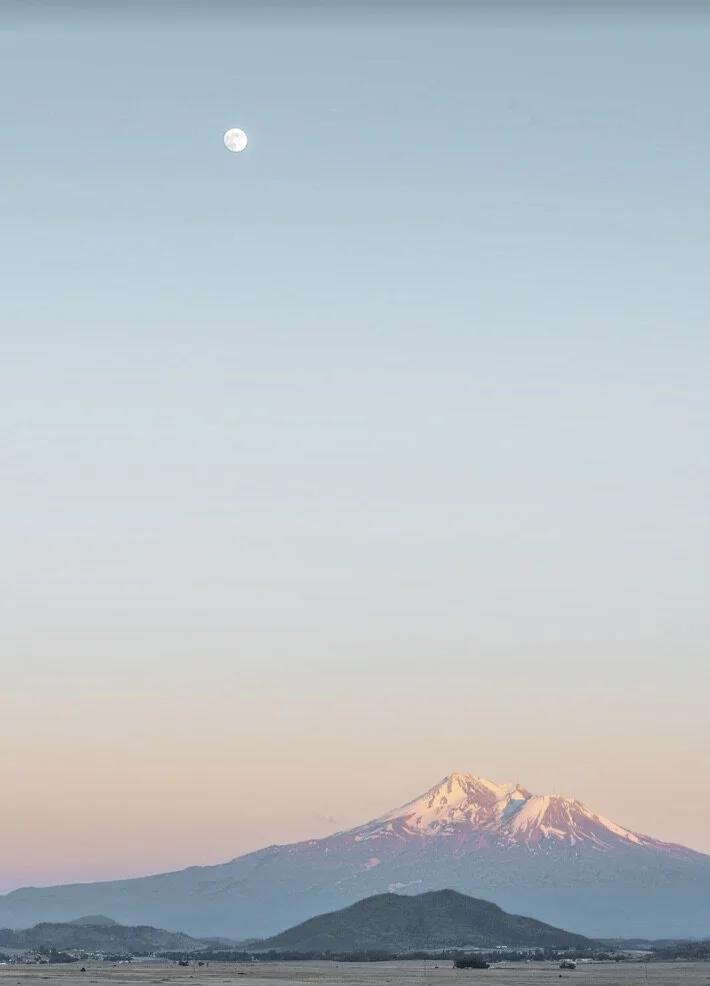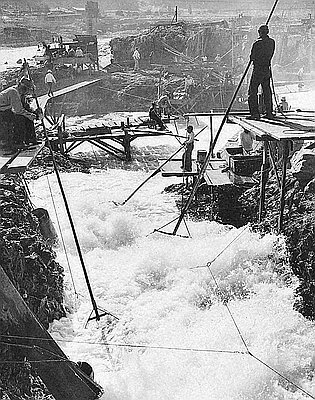Southern Resident Orcas’ numbers have decreased in the past decades, and our local species was officially declared endangered in 2005. This year, two pregnant orcas from the J Pod could help to sustain the population. Here are the steps are being taken to ensure a safe pregnancy:
Are farming oysters the key to solving issues like carbon sequestration and climate-conscious protein production?
Friday Harbor Labs provides students with a unique opportunity to get their hands dirty and escape the classroom by conducting their own marine experiments and field research.
Read MoreGiant kelp is one of the fastest growing organisms on Earth. This photosynthetic protist has the potential to sequester hundreds of millions of tons of carbon dioxide per year. Could it be our secret weapon to combating climate change and slowing ocean acidification?
Read MoreAnimal agriculture is a significant source of greenhouse gas emissions that consumers opt in to supporting. But should we continue to do so?
Read MoreShould be be so afraid of wasps? These creatures, even when they clash with humans, still play a vital role as part of regional and global ecosystems.
Read MoreSlogans like “save the bees” can lead to misconceptions, driving resources away from where they’re needed most. You can help native pollinators through simple actions like planting native flowers in your garden and avoiding the use of pesticides. Saving bees is a great goal, so aim your efforts in the right direction!
Read MoreBottled water companies don’t just consume massive amounts of energy to produce plastic bottles filled with the equivalent of tap water. They’re also taking water from California communities threatened by drought and changing climate.
Read MoreIt doesn't have to be like this. Climate policy that takes into account the delicate balance of emissions, the human factors between developed and developing countries, and the long-term results of energy use should be possible.
Read MoreWith few regulations on buzzwords like green, sustainably sourced, or even recycled, clothing companies rely on advertising and design known as green washington in the absence of transparency about supply chains, manufacturing, and disposal.
Read MoreLast spring, few could have predicted the West Coast's extreme wildfire season. Models from the Climate Prediction Center suggest this year could be much worse.
Read MoreOn March 10, 1957, the gates of The Dalles Dam opened on the Columbia River, burying Celilo Falls. More than sixty years later, the local community is still grappling with economic and cultural loss, and they’re not alone.
Read MoreThe way our clothes are designed is unsustainable. New ideas are on the horizon, including the use of diverse fibers, circular business models, and recyclable materials. Where do we go from here?
Read MoreIdentification apps exist for those curious about backyard plants, unfamiliar insects, rocks and more, using artificial intelligence and vast libraries of research. What impact can they have?
Read MoreIf you think birds are boring, and bees have made you blue, then bats may be your new best beau for a biological backyard habitat.
Read MoreBored of Animal Crossing and wanting something new to occupy your time in quarantine? Check out our blog about online citizen science projects!
Read MoreThe Raging Grannies is an organization that was recently brought to my attention, but deserves all the attention in the world. Spread across the country in “gaggles,” as they call themselves, groups of elderly women have united under a desire for social and environmental change through peaceful activism.
Read MoreToday, many indigenous people are fighting to regain space and reestablish a sense of community in Seattle through preservation of nature.
Read MoreFrom the fight against single use plastic straws to fitting a year’s worth of trash into a mason jar, these past few years have made it clear: being green is trendy. And as with all trends that have the potential to turn a profit, if they can, they will.
Read MoreThe beneficial impacts of nature on our physical and mental health have become more commonly known through this age of outdoor withdrawal, leading more people to invest in the natural enrichment of their homes through plants and animals.
Read More




















